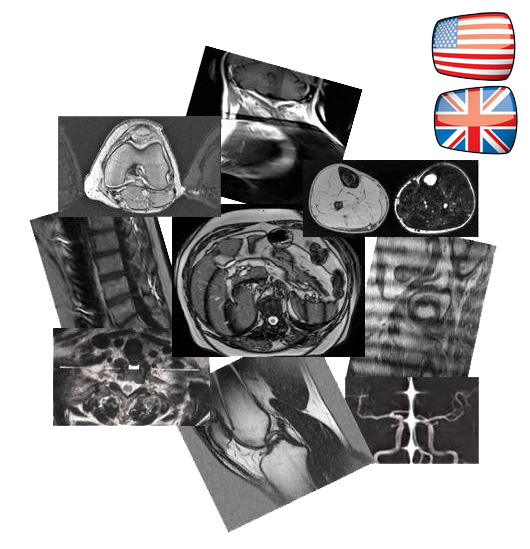Il testo nasce per tutti i professionisti operanti direttamente o indirettamente in risonanza magnetica, dalla necessità di poter disporre di una guida completa e comprensibile, al fine di riconoscere, interpretare e risolvere la quasi totalità degli artefatti ad oggi riscontrabili negli scanner in dotazione, sia essi basso, medio, alto o ultra-alto campo. Il contenuto comprende molte immagini dimostrative e poche formule matematiche, peraltro semplici da interpretare, in modo da rendere facilmente comprensibili i complessi meccanismi che si celano dietro alla fisica RM, correlati all’artefatto in oggetto. Il testo presenta un’introduzione base alla risonanza magnetica ed un glossario degli acronimi utilizzati, in modo che siano ben chiari i principi legati allo spazio K, alle sequenze di impulsi e ai tempi di rilassamento. Gli artefatti sono classificati efficacemente in capitoli e sotto-capitoli in funzione della causa che li genera. Ogni gruppo di artefatti viene trattato seguendo una logica che prevede:
· Introduzione alla tecnica specifica legata all’artefatto.
· Modalità con cui si manifesta l’artefatto stesso, basandosi su immagini e testo.
· Soluzioni tecniche atte alla risoluzione.
· Approfondimenti, video, focus, schemi riassuntivi on-line con accesso legato alle credenziali ottenute in fase di acquisto del testo originale.

- Docente: Luca Bartalini
This course is for all those professionals directly or indirectly working in magnetic resonance, and arises from the need to have available a complete and comprehensible guide, in order to recognize, construe and work out almost all the artifacts that can currently be observed in the supplied scanners, being low-field, mid-field, high-field or ultra-high-field. The content includes many demonstrative images and few mathematical formula, moreover simple to be construed, in order to make easily comprehensible the complex mechanisms hidden behind MR Physics, connected to the artifact under consideration. The text presents a basic introduction to the magnetic resonance and a glossary of used acronyms, so that the principles related to k-space, impulse sequences and relaxation times are clearly understood. Artifacts are effectively classified in chapters and subchapters, according to the underlying cause generating them. Each artifacts group is dealt with following a logic providing for:
· Introduction to the specific artifact-related technique.
· Modes by which the artifact shows itself, on the basis of images and text.
· Technical solutions suited to the resolutions.
· Online examinations, videos, focuses, overview tables with access linked to the credentials obtained when purchasing the original book.

- Docente: Luca Bartalini

